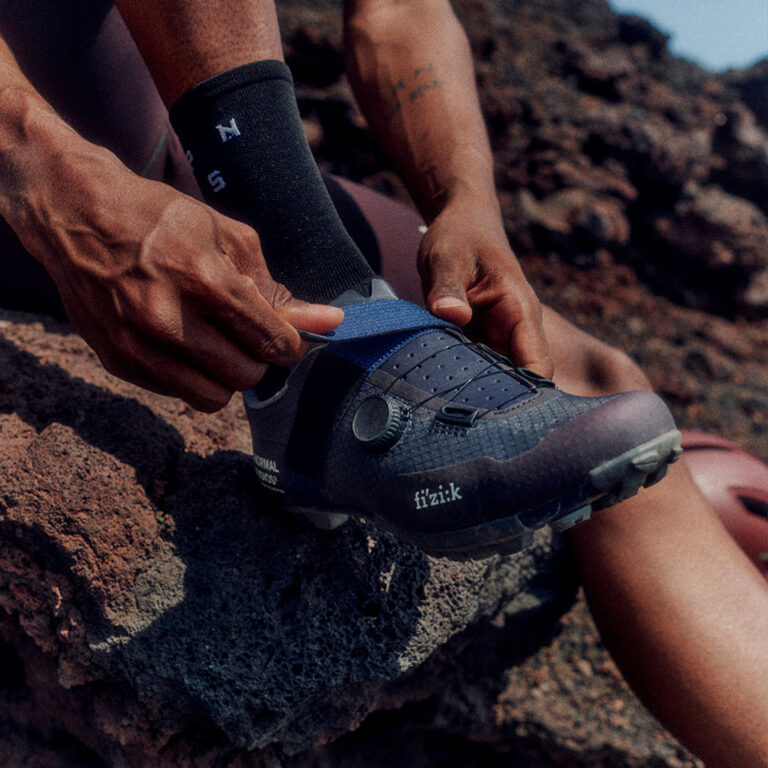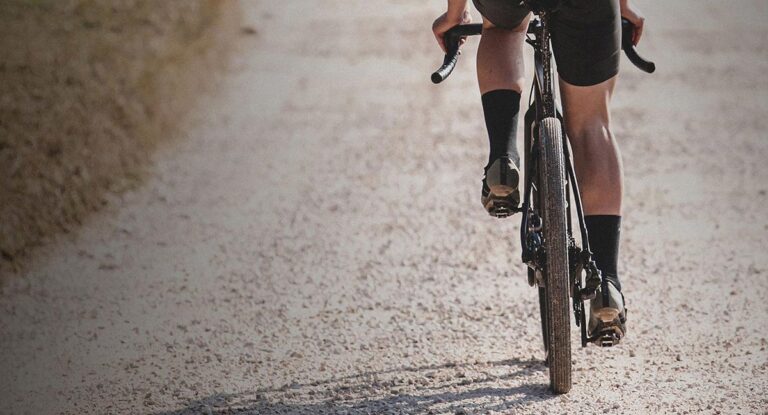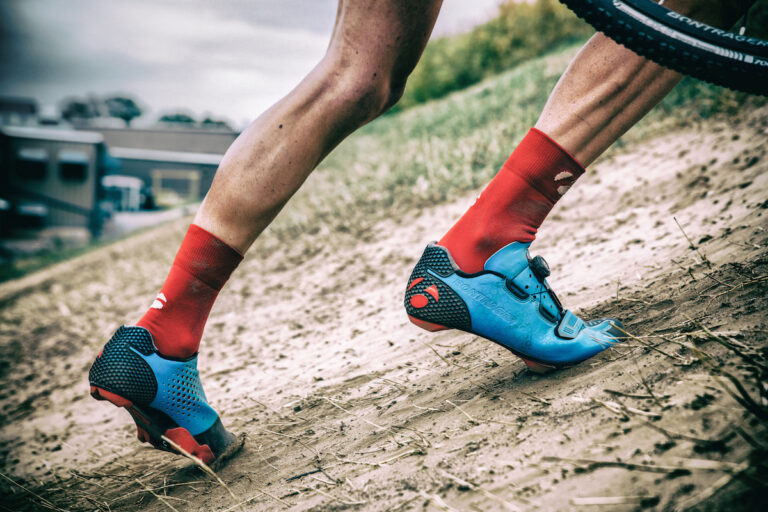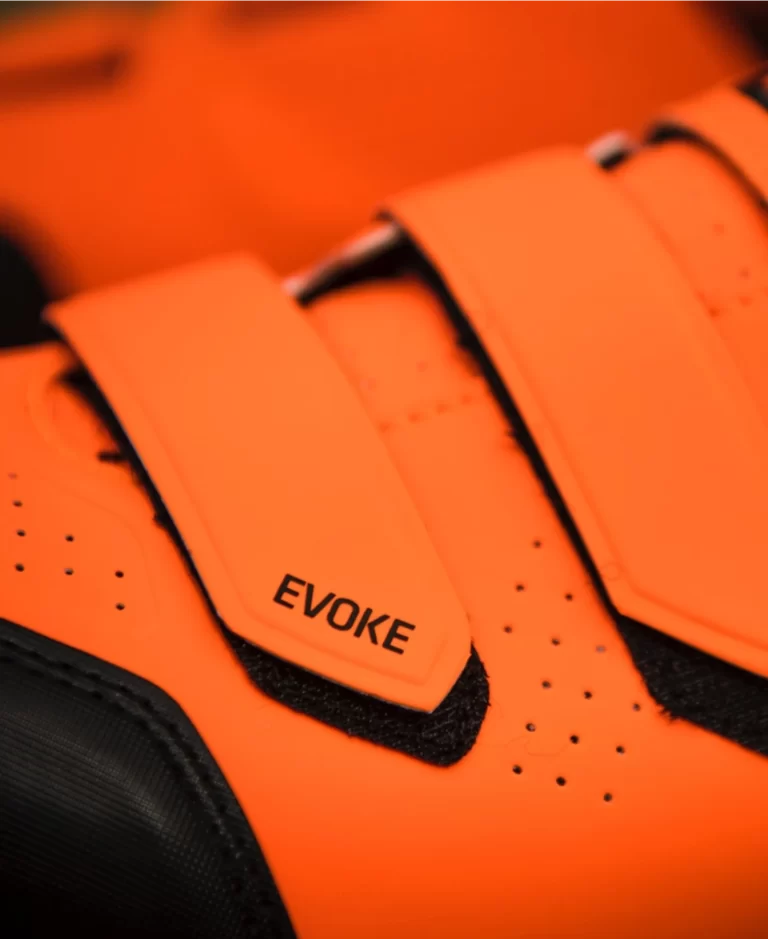Sole Rigidity in Mountain Bike Shoes: A Key to Pedal Efficiency
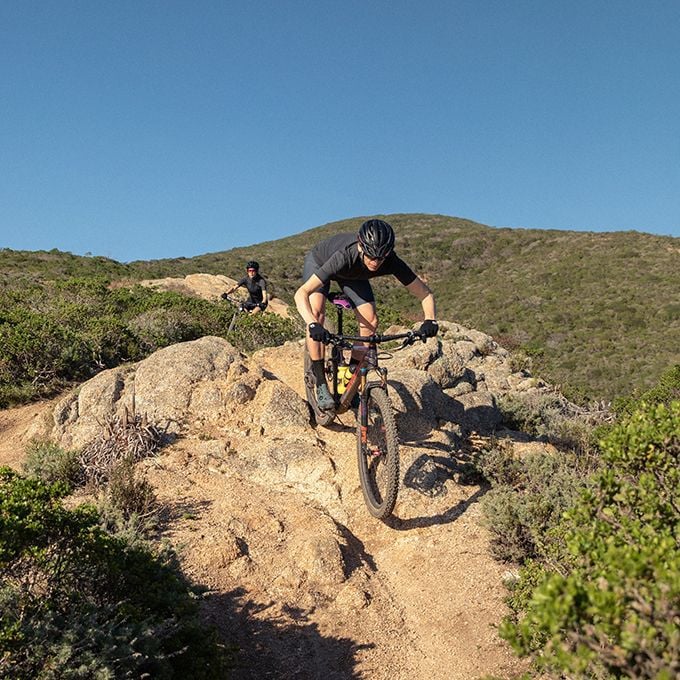
Key Point Summary of Sole Rigidity in Mountain Bike Shoes:
- Definition and Importance: Sole rigidity refers to how flexible or stiff the sole of a shoe is, playing a critical role in transferring power from the cyclist to the pedals.
- Stiffness and Pedal Efficiency: A stiffer sole minimizes energy loss during pedal strokes, leading to more efficient riding.
- Balancing Rigidity with Comfort: While stiffness is crucial, the need for some flexibility for off-bike sections or technical terrain must be considered.
- Material Matters: The choice of materials, such as carbon fiber or reinforced nylon, affects the shoe’s stiffness and overall performance.
Embarking on the journey of mountain biking, from the initial thrill of conquering trails on my mountain bike to the seasoned experience gained through gravel grinding and cyclocross racing, I’ve learned a crucial lesson about the importance of the right gear. Among the myriad choices that shape our ride, the selection of mountain bike shoes stands out, particularly the aspect of sole rigidity. Designed for cyclists at the beginner to mid-level experience, this article aims to demystify sole rigidity in mountain bike shoes, emphasizing its role in enhancing stiffness and pedal efficiency.
Understanding Sole Rigidity
At the heart of mountain bike shoe design, sole rigidity serves as the foundation for pedal efficiency. The concept is simple: the less the shoe flexes, the more power is transmitted directly to the pedals. This efficiency is paramount in mountain biking, where every bit of energy must be optimized to navigate challenging terrains and steep climbs.
The Role of Stiffness in Pedal Efficiency
In my early days of mountain biking, transitioning from basic sneakers to dedicated mountain bike shoes was a revelation. The increased stiffness of the shoe soles directly translated to a noticeable improvement in my riding efficiency. Stiffer soles ensure that less energy is wasted in the flex of the shoe, making every pedal stroke count. This efficiency is especially noticeable on long climbs and technical sections where maximum power transfer is essential.
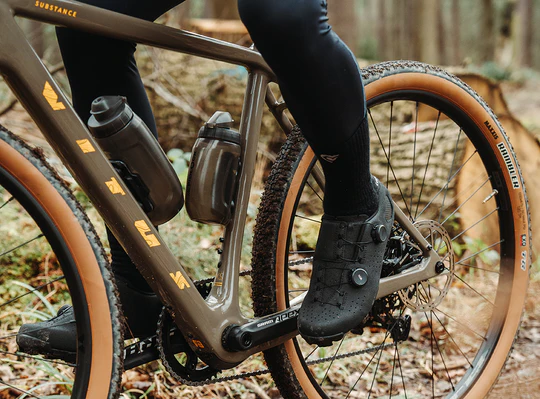
Finding the Right Balance
However, mountain biking is not solely about pedaling efficiency. The sport often demands navigating off-bike sections, where too much stiffness can be a drawback. Therefore, the best mountain bike shoes strike a balance, offering enough rigidity for efficient pedaling while providing the flexibility needed for walking or running with the bike. Shoes with a moderate level of stiffness, coupled with features like aggressive tread patterns, ensure that riders can confidently tackle both pedaling and off-bike challenges.
Materials Make a Difference
The rigidity of a mountain bike shoe’s sole largely depends on the materials used in its construction. Carbon fiber, known for its high stiffness-to-weight ratio, is often used in high-performance shoes to maximize efficiency. However, carbon can be expensive and overly stiff for some riders’ preferences. Alternatively, reinforced nylon or composite materials offer a more cost-effective solution, providing a good balance of stiffness, weight, and comfort.
Wrapping Up
Sole rigidity in mountain bike shoes is a critical factor that influences riding performance, comfort, and efficiency. Understanding the importance of stiffness and how it interacts with pedal efficiency can help cyclists make informed decisions when selecting their footwear. While the quest for the perfect mountain bike shoe may vary based on individual riding styles and preferences, recognizing the pivotal role of sole rigidity is the first step towards enhancing your mountain biking experience. The right balance of stiffness in your mountain bike shoes can elevate your ride to new heights.
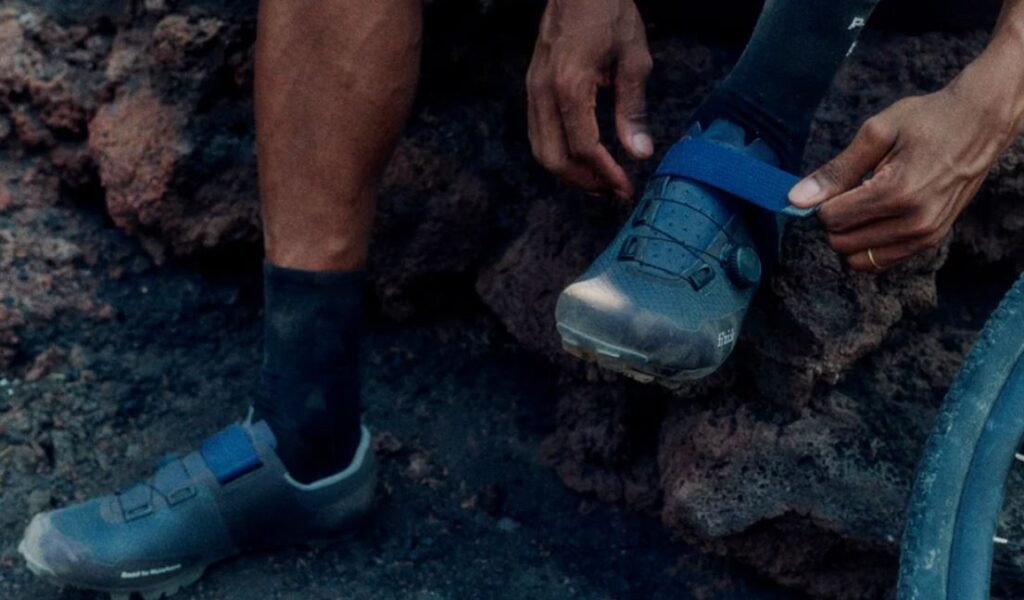
Considering the emphasis on sole rigidity, pedal efficiency, and the balance between on-bike performance and off-bike comfort, the Specialized 2FO Roost Clip stands out as a premier choice for mountain bike shoes. This model adeptly balances the need for a stiff sole to maximize energy transfer to the pedals, with enough flexibility to ensure comfort during walking segments, perfectly suited for the dynamic demands of mountain biking.
The 2FO Roost Clip is equipped with a Specialized SlipNot rubber sole, offering excellent traction and durability, while the EVA midsole provides a blend of rigidity and cushioning that enhances pedaling efficiency without sacrificing off-bike comfort. Its comfortable fit and practical design makes it an ideal selection for cyclists seeking a shoe that supports both rigorous trail rides and the occasional hike-a-bike adventures. With these features, the Specialized 2FO Roost Clip represents a top choice for riders aiming to elevate their mountain biking experience through footwear that delivers on multiple fronts.
FAQ
Do MTB shoes have stiff soles?
Yes, most MTB shoes have stiff soles to enhance power transfer from the rider to the pedals, but they also maintain some flexibility for walking comfort.
Are mountain bike shoes supposed to be tight?
Mountain bike shoes should fit snugly without being uncomfortably tight. There should be enough room to wiggle your toes, but the heel should not slip while pedaling.
Should shoe soles be hard or soft?
Shoe soles should strike a balance between being hard enough for efficient power transfer and providing enough cushioning and grip for comfort and traction, especially for walking or standing. The ideal hardness depends on the specific activity and personal preference.
